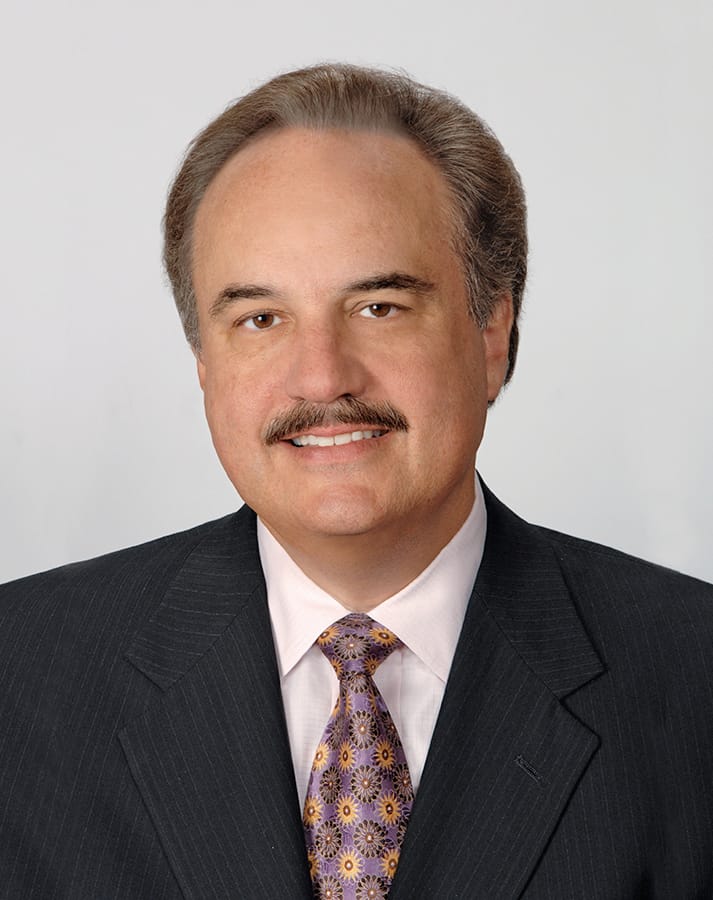
Larry Merlo
WOONSOCKET, R.I. — The Trump administration’s blueprint to lower drug prices has put the spotlight on the rebates negotiated by pharmacy benefits managers with drug manufacturers. During a recent conference call, CVS Health president and chief executive officer Larry Merlo addressed the issue while making a spirited defense of the role of PBMs in containing health care costs.
“The current debate regarding drug pricing and the role of PBMs centers on rebates and the impact of out-of-pocket costs on consumers at the pharmacy counter,” Merlo told analysts during CVS’ second quarter conference call. “Drug manufacturers want you to believe that increasing drug prices are a result of them having to pay rebates and that PBMs are retaining these rebates. And this is simply not true.”
Merlo’s comments were made against the background of a series of proposals and suggestions by the Department of Health and Human Services (HHS) since it issued the administration’s plan for reducing drug prices and out-of-pocket drug costs for consumers in May.
In his remarks to analysts, Merlo dismissed as “entirely false” the contention that the rebates retained by PBMs drive higher drug prices. As a result of competition among PBMs, he argued, more and more rebates are being passed on to PBM clients, who can use them to lower their costs of providing insurance to their employees and members.
“This is a good thing,” Merlo said. “It demonstrates that the market techniques used by PBMs do in fact work. And no matter what may happen to the ability to rebate, PBMs will still be needed to drive discounts and cost savings for their clients and members. And the PBM model will continue to evolve as a result.”
Merlo also underlined the value of point-of-sale (P-O-S) rebates, which CVS Caremark makes available to all its clients, in combating the dilemma faced by the rising numbers of patients in high-deductible plans who have chronic conditions and who consequently face high out-of-pocket costs — in some cases more than $1,000 annually. Such patients are, not surprisingly, less likely to fill their prescriptions and adhere to their medication regimens.
In a letter to HHS Secretary Alex Azar, CVS urged the agency to expand coverage of drugs for chronic conditions under health savings accounts often associated with high-deductible plans, with the goal of eliminating out-of-pocket consumer costs for managing chronic diseases. A recent white paper issued by CVS, titled “Current and New Approaches to Making Drugs More Affordable,” notes that the company’s PBM encourages clients to apply P-O-S rebates to defray out-of-pocket costs of their members.
“This is what’s getting lost in this debate, the fact that we have been able to improve adherence and keep drug cost inflation under control using key PBM techniques,” Merlo said. “Last year drug price growth for our clients was only 0.2% on a per capita basis, despite AWP (average wholesale price) inflation of nearly 10%.”









